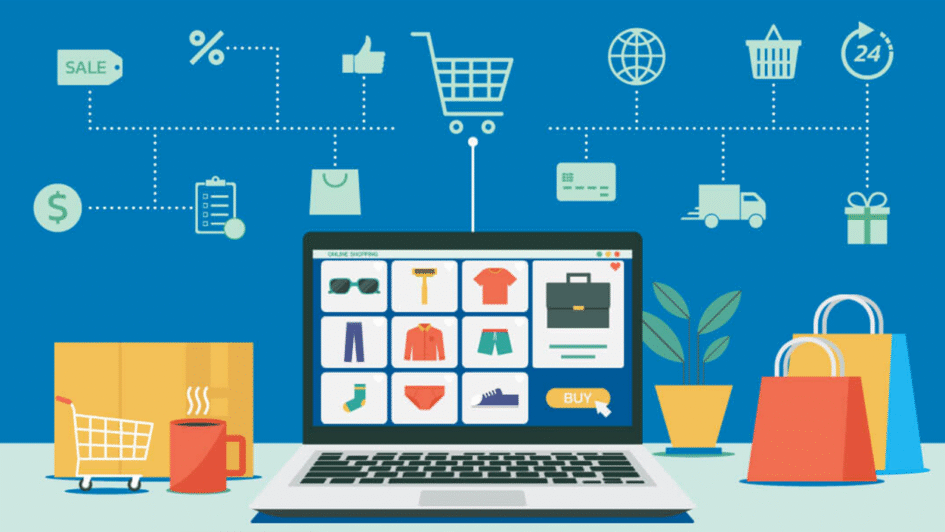Emotional Loyalty in eCommerce
Emotional loyalty is the deep, affective bond customers develop with a brand that goes beyond rational reasons like price or convenience. It is the difference between a one-time purchase and a lifelong relationship that influences repeat buying, word-of-mouth, and brand advocacy.
Why Emotional Loyalty Matters
Emotional loyalty drives higher lifetime value because emotionally invested customers are more forgiving of occasional issues and more likely to buy premium products. They cost less to retain than acquire, and their recommendations carry strong persuasive power among peers
Core Elements of Emotional Loyalty
Trust is the foundation of emotional loyalty; customers must believe a brand will deliver consistently. Authenticity reinforces trust by aligning messaging, values, and actions so customers feel the brand is genuine and principled.
Empathy is essential because brands that demonstrate they understand customers’ needs and emotions create meaningful connections. Personalization that feels human rather than algorithmic makes customers feel seen and valued.
Creating Memorable Experiences
Designing memorable moments at key touchpoints turns routine transactions into emotional interactions. Thoughtful packaging, unexpected thank-you notes, and post-purchase surprises transform commodity exchanges into memorable experiences customers want to repeat.
Storytelling helps embed a brand into a customer’s identity. Narratives about founders, craft, sustainability, or community invite customers to join a story rather than simply consume a product.
Personalization with Emotional Intelligence
Personalization should anticipate needs and reflect understanding without feeling intrusive. Relevant product suggestions, timely replenishment reminders, and personalized aftercare messages communicate real attention and care.
Humanized automation such as empathetic support messages and conversational copy elevates customer experience while maintaining operational scale. The tone and timing of automated communications determine whether personalization feels warm or robotic.
Building Community and Belonging
Communities create belonging, and belonging breeds loyalty. Brands that facilitate customer communities via social channels, user-generated content, or exclusive groups create spaces where customers share identity and reinforce each other’s attachment to the brand.
Inviting customers to co-create through feedback loops, beta programs, or design contests increases emotional investment because participants feel ownership and influence over the brand’s direction.
Customer Service as an Emotional Touchpoint
Customer service must solve problems and soothe emotions. Fast, empathetic resolutions and empowered agents create trust and turn service interactions into loyalty-building opportunities rather than moments of friction.
Proactive service that anticipates issues before customers notice them signals competence and care, which strengthens the emotional relationship over time.
Loyalty Programs with Emotional Value
Loyalty programs that prioritize meaningful rewards and recognition outperform simple discount schemes. Tiered experiences, exclusive access, and personalized benefits create status and emotional payoff that feel earned and special.
Surprise-and-delight tactics embedded in loyalty programs—unexpected upgrades, personalized gifts, or anniversary recognition—heighten emotional resonance and deepen attachment.
Transparency and Ethical Alignment
Transparency about sourcing, pricing, and business practices fosters moral alignment with customers. When a brand’s ethics match customer values, purchases become statements of identity and support rather than mere transactions.
Demonstrating accountability by owning mistakes and communicating fixes authentically converts potential trust breaches into opportunities for deeper loyalty.
Measuring Emotional Loyalty
Quantifying emotional loyalty requires both behavioral and attitudinal metrics such as repeat purchase rate, Net Promoter Score, sentiment analysis, and qualitative feedback. Tracking emotional signals across channels reveals which experiences produce lasting attachment.
Regularly combining surveys with behavioral cohorts provides a clearer picture of how emotions drive revenue and where to prioritize improvements.
Challenges and Pitfalls
Overpersonalization, inauthentic storytelling, or transactional loyalty programs can erode trust and produce backlash. Emotional loyalty is fragile; missteps that feel exploitative or disingenuous are amplified by social sharing.
Sustaining emotional loyalty at scale requires consistent culture, cross-functional alignment, and systems that preserve human warmth as the business grows.
Scaling Emotional Practices
To scale emotional loyalty, bake human-centric principles into playbooks and automated flows. Train teams on brand tone, empower frontline employees to act with discretion, and codify rituals that preserve surprise and care even in high-volume operations.
Use technology to remove friction but not to replace meaningful human choices; the best systems free people to be more helpful rather than less human.
Long Term Impact on Business
Emotionally loyal customers stabilize revenue through predictable repeat purchases and reduce the necessity for constant heavy discounting. They provide a competitive moat because emotional bonds are harder for competitors to replicate than functional product features.
Investments in emotional loyalty compound over time, turning early nurturing actions into durable advocacy and organic growth.
Final Recommendations
Prioritize small, consistent gestures that communicate understanding and appreciation. Test emotionally driven initiatives, measure their impact on both sentiment and behavior, and double down on what creates authentic, repeatable connections.
Commit to long-term alignment between values, product, and experience; emotional loyalty cannot be bought overnight but is earned through sustained, genuine engagement.
